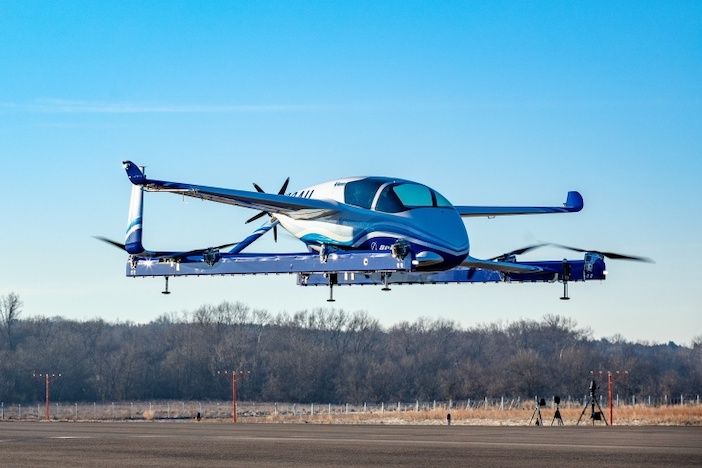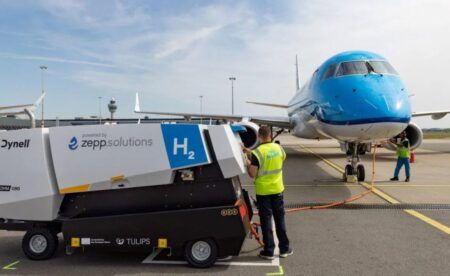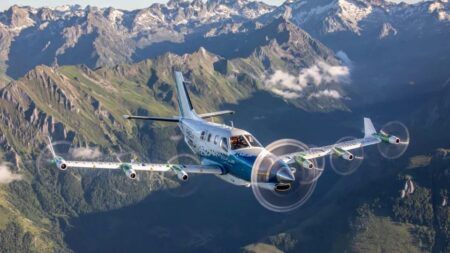The European Union Aviation Safety Agency has released the first regulations to enable the safe operation of hybrid and electrical vertical take-off and landing aircraft.
Patrick Ky, executive director of the European Union Aviation Safety Agency (EASA) said, “The establishment of a common set of conditions for the certification of these new concepts of vehicles will enable fair competition in the European market as well as provide clarity for future manufacturers and their investors.”
The special condition published this month by EASA provides a framework for manufacturers to develop electrical vertical take-off and landing (eVTOL) aircraft and applies to eVTOLs capable of carrying up to nine passengers with a maximum certified take-off weight of up to 3175kg.
EASA has introduced two certification categories within the special condition, basic and enhanced, to cover different types of operations, including flying over congested areas and the commercial air transportation of passengers.
The regulation-update comes as research shows that development of electric aircraft has doubled over the last year, with eVTOLs representing the largest number of projects.
According to consultancy Roland Berger there are 170 electrically propelled aircraft in development around the world, a number which could rise to more than 200 by the end of 2019. More than 100 of these are urban air taxis.
Consultancy Deloitte this month also released the results of a two-year study about eVTOLs which estimates that the market in the USA alone could be worth US$17 billion by 2040.
Robin Lineberger, principal of US and global aerospace and defense at Deloitte Consulting said production of eVTOLs in large numbers could change the industry significantly. “The market will have to deliver at automotive rates of production, not at today’s commercial volumes for either fixed wing or rotary.”





